When Stuttgart’s Tail-Happy Misfit Became King of Ice, Mud, and Desert
The Porsche 911 is one of those cars that, at first glance, has absolutely no right to be a rally weapon. Rear-engine, rear-wheel drive, tail-happy enough to turn into a pirouette at the twitch of a wrist. And yet, the Germans, with their relentless engineering stubbornness, decided not only to race it on smooth circuits, but to hurl it into the most violent, rock-splitting, suspension-killing rallies on Earth.

It began in 1965, barely months after the 911’s launch, when it lined up at the Rallye Monte Carlo. Against front-engined saloons and purpose-built machines, the 911 somehow clawed its way into fifth. Then came Vic Elford—“Quick Vic”—who treated the 911 like a ballet partner on ice. In 1968, he flung the 911 up snow-drenched mountain passes, won Monte Carlo, then boarded a plane the next morning to win the 24 Hours of Daytona. The man was basically a motorsport Swiss Army knife, and the 911 became his most lethal blade.

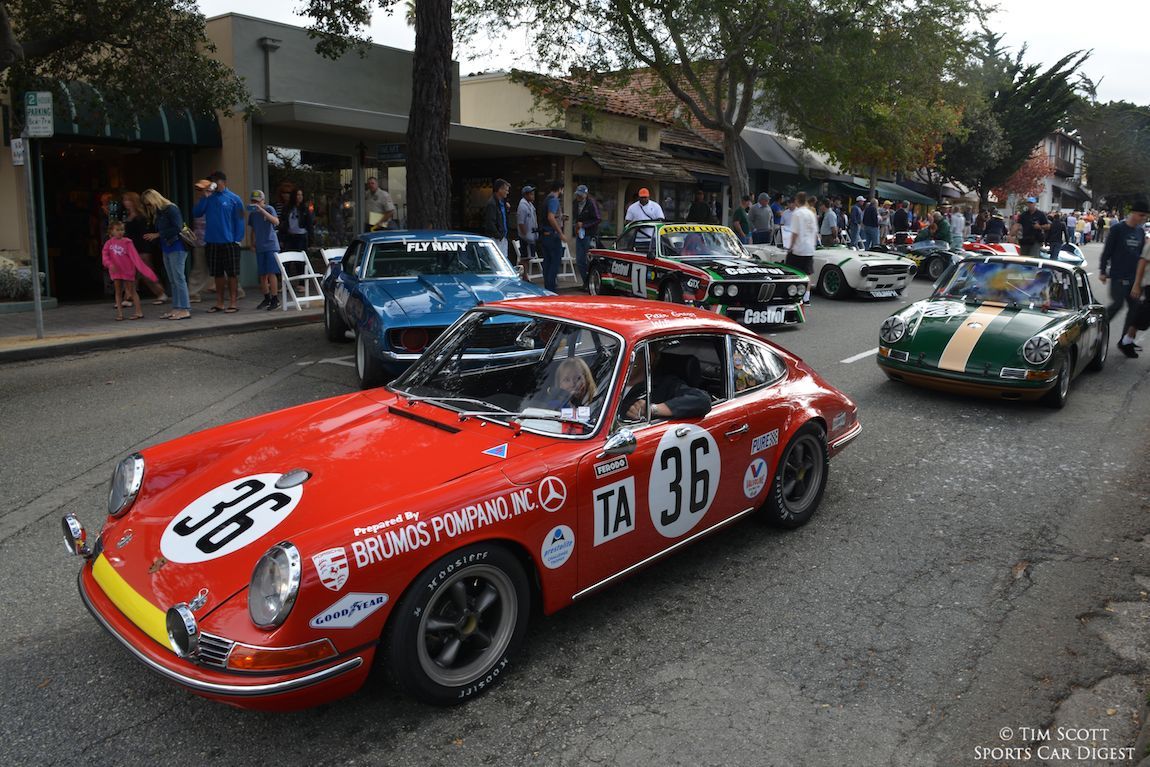
.jpg)
But Porsche wasn’t satisfied with Alpine glory. The East African Safari Rally—arguably the toughest endurance rally in history—beckoned. Imagine it: mud, rocks, rivers, lions, and suspension-shattering potholes. Yet in 1971, Björn Waldegård steered a 911 through 5,000 km of hell to finish fifth, proving that Stuttgart’s little sports car could survive where Land Rovers struggled. Over the decade, Safari 911s became cult heroes—raised suspensions, bull-bar noses, and enough auxiliary lights to power a small city.
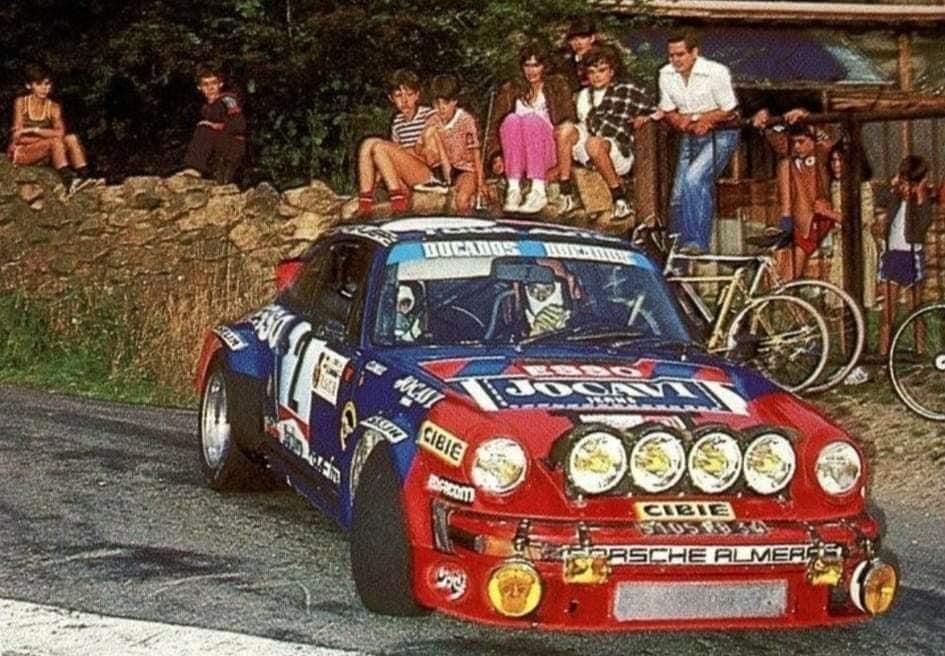
Then came the lunacy of the 1980s: Group B and Dakar. Porsche built the 953—a mutant 911 with long-travel suspension, skid plates, and, crucially, all-wheel drive. It looked like a safari tank dressed for a cocktail party. Against Peugeot’s monsters and Range Rovers, the 953 did the unthinkable: won the 1984 Paris-Dakar Rally outright. From Marrakesh to Dakar, it stormed dunes with that distinctive flat-six wail echoing across the desert.
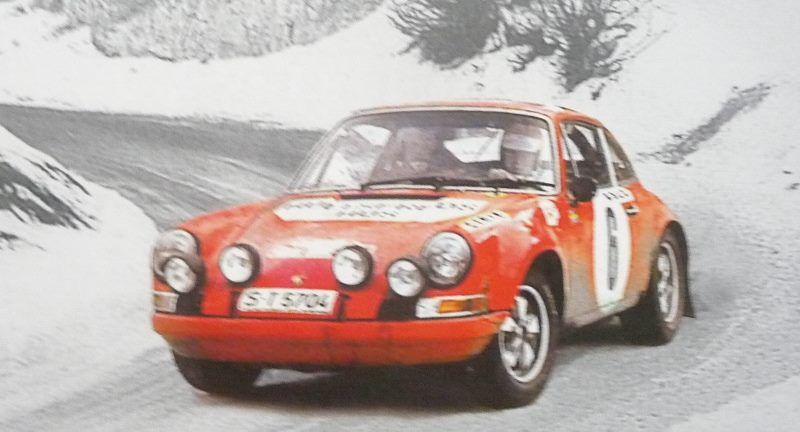
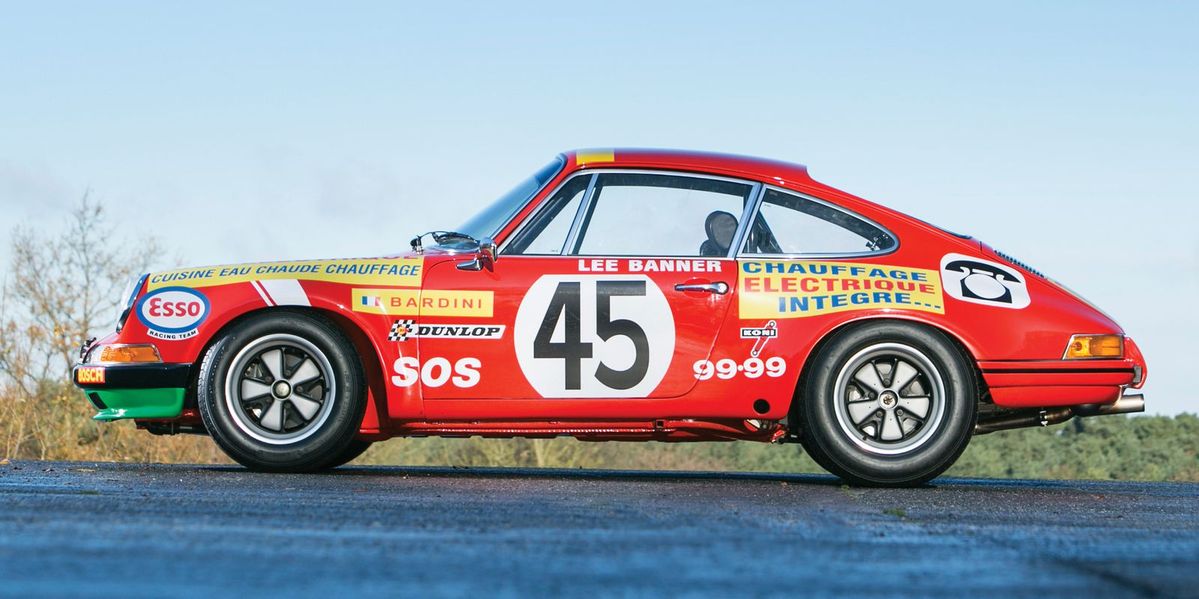
Not content, Porsche unleashed the 959—originally conceived as a Group B missile but redirected to Dakar after the series’ collapse. In 1986, with René Metge and Jacky Ickx at the wheel, Porsche scored a devastating 1-2 finish. The 959’s twin-turbo AWD tech was decades ahead, seeding innovations that would later filter into road-going 911s and cement Porsche’s reputation as masters of making the impossible possible.
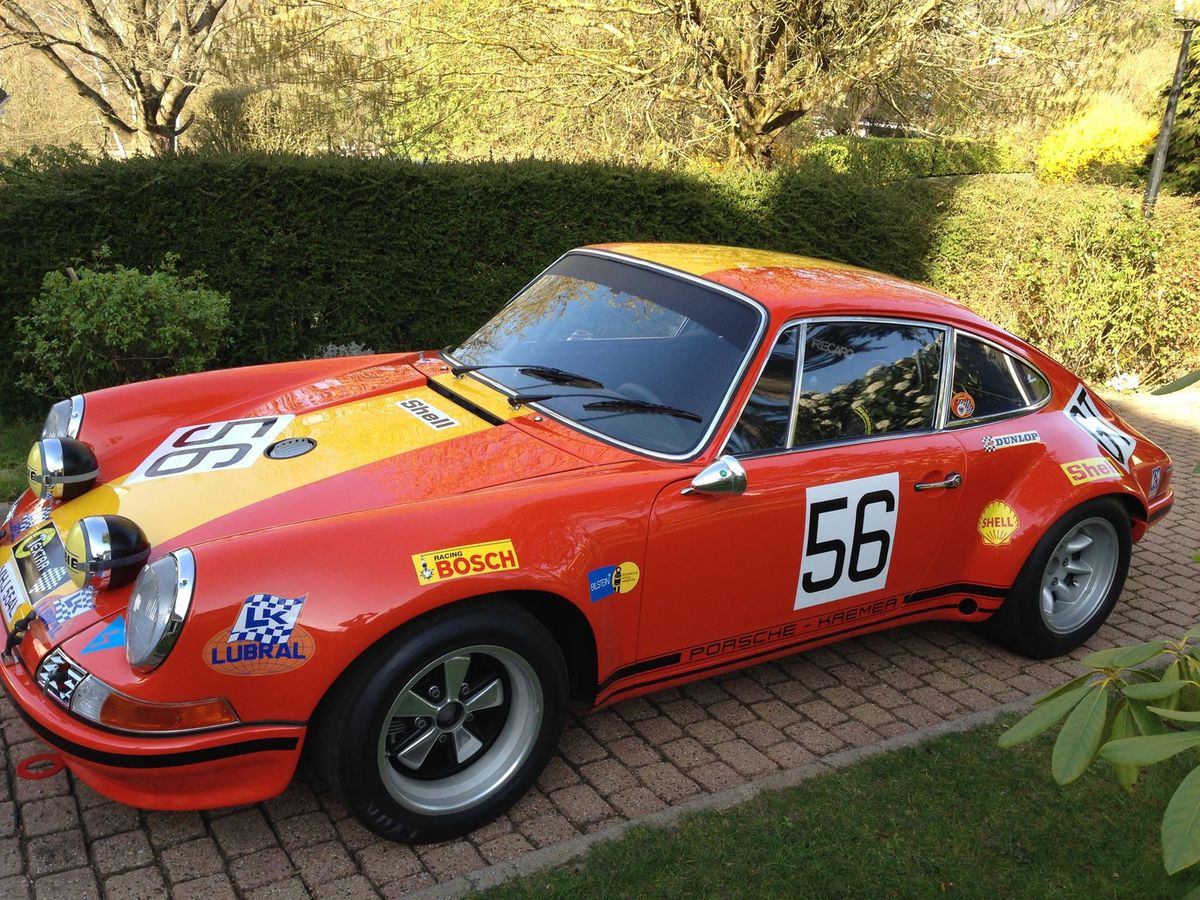

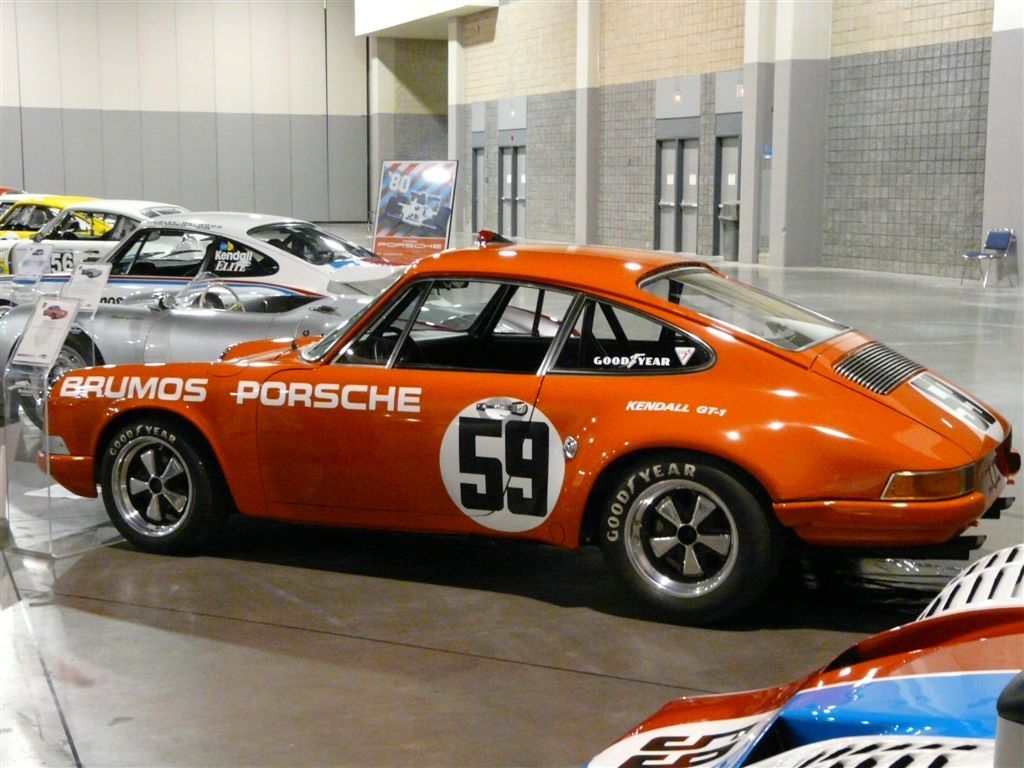
And yet, the story doesn’t stop in the ’80s. Privateers kept rallying 911s well into the ’90s. Collectors today will auction kidneys to own one of the factory-built 911 SC RS rally specials. And just recently, Porsche brought the story full circle with the 911 Dakar—a road car dressed like a rally raid hero, complete with knobbly tyres, lifted ride height, and a name that carries the weight of every dune the 953 once conquered.
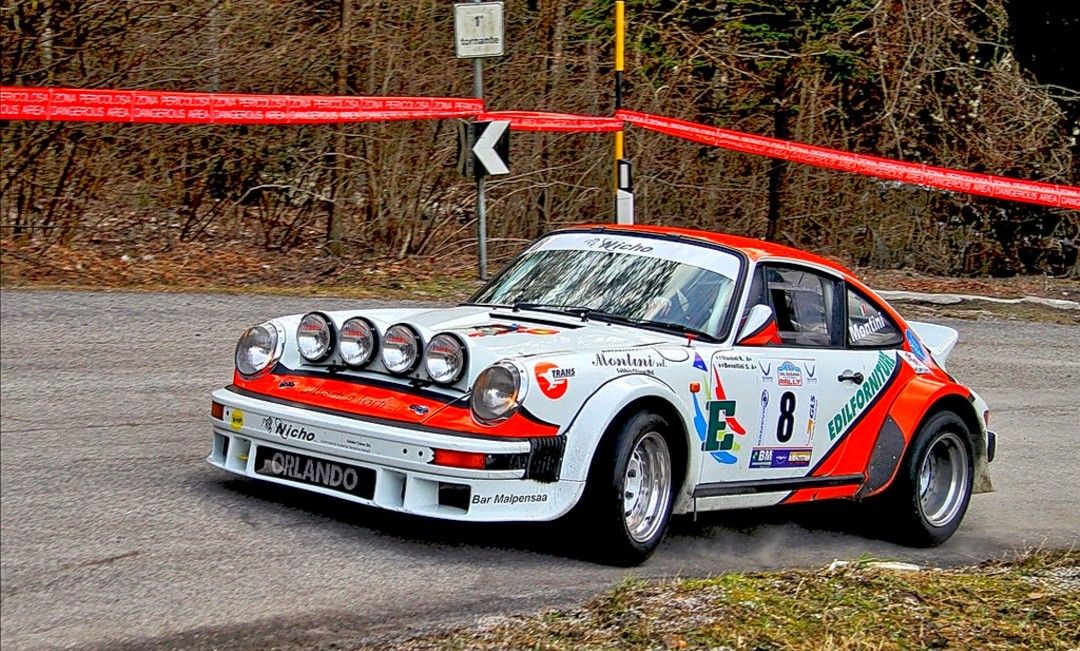
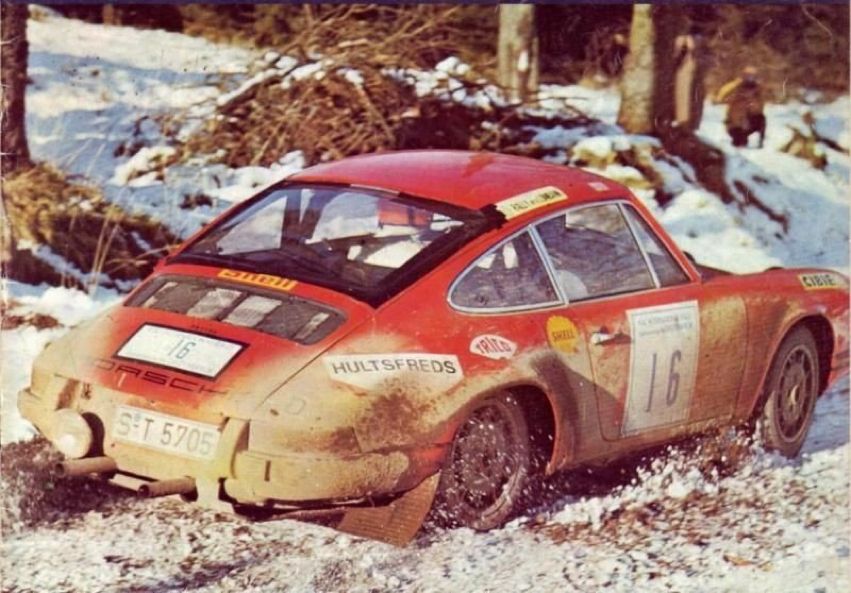
So what is the 911’s rally legacy? It’s not just that it won trophies. It’s that it proved a car designed for autobahns and racetracks could be hurled through ice, mud, and sandstorms—and not only survive, but dominate. It is the improbable made inevitable.
In Clarkson’s words: the 911 rally cars are proof that when Germans set out to build something sensible, they end up inventing complete madness. And the world is all the better for it.
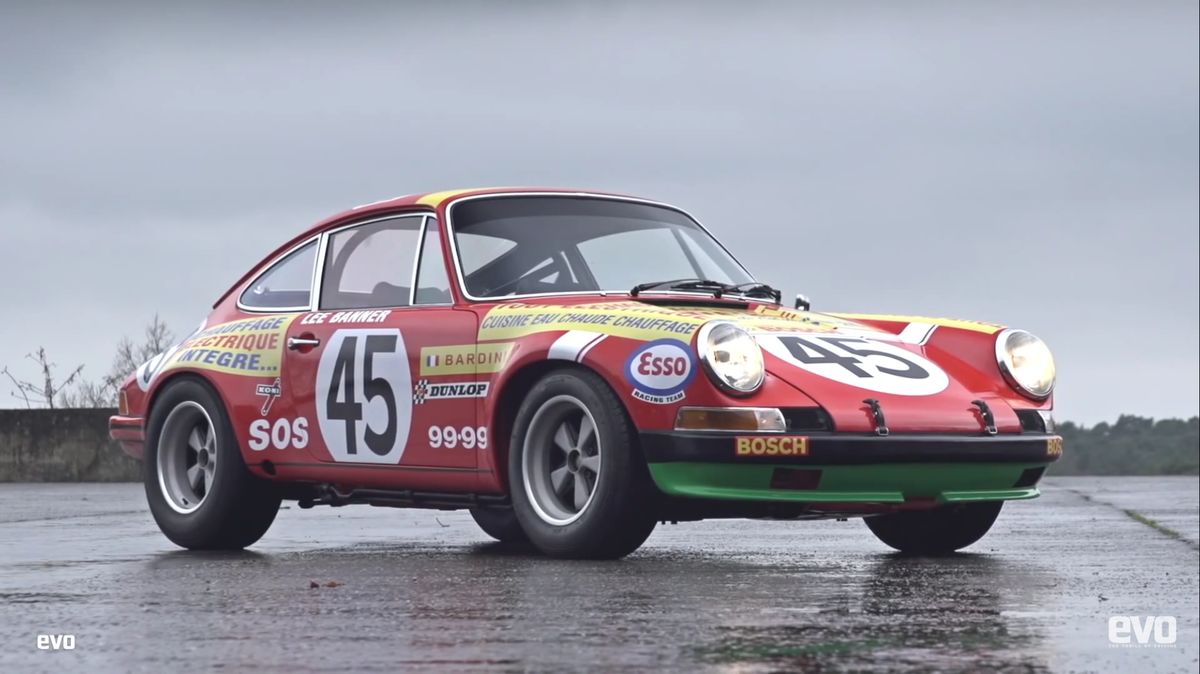
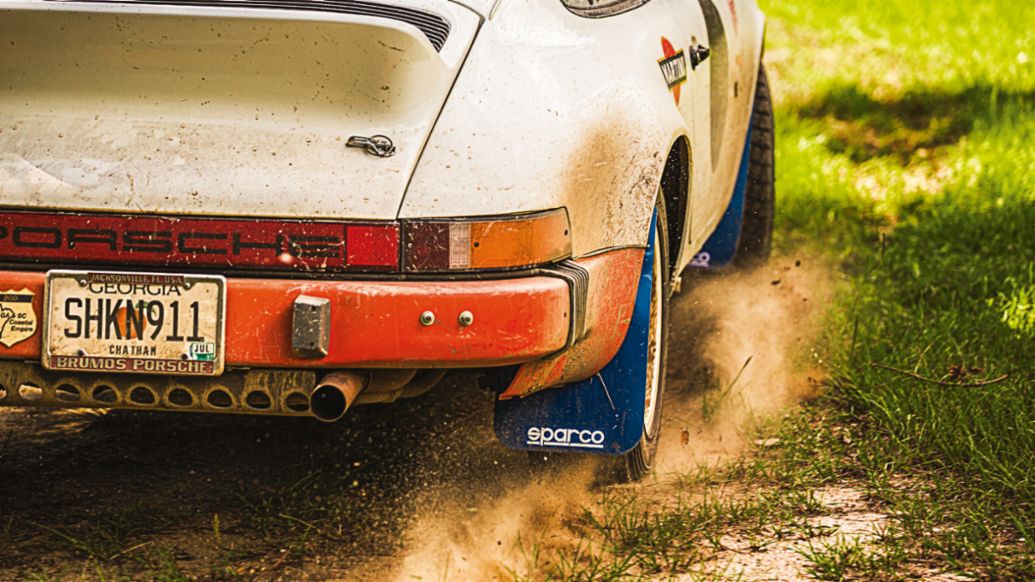
-